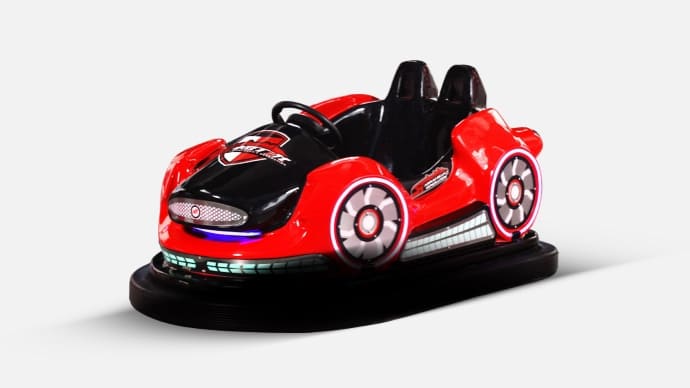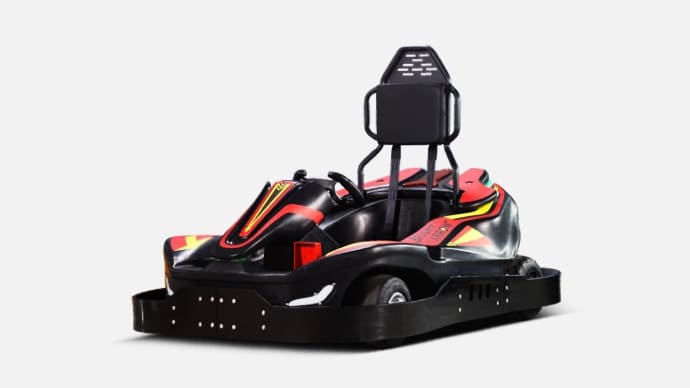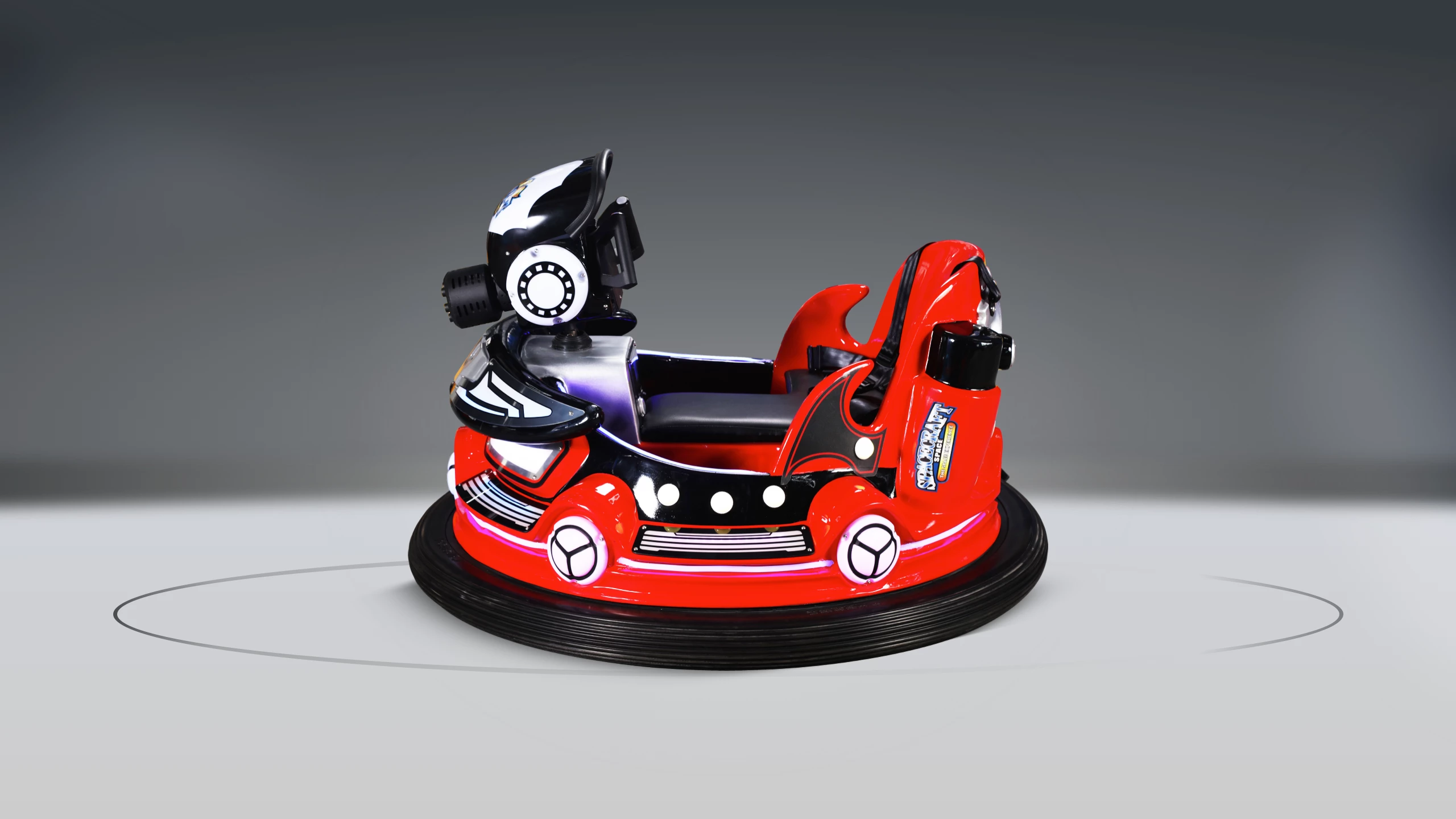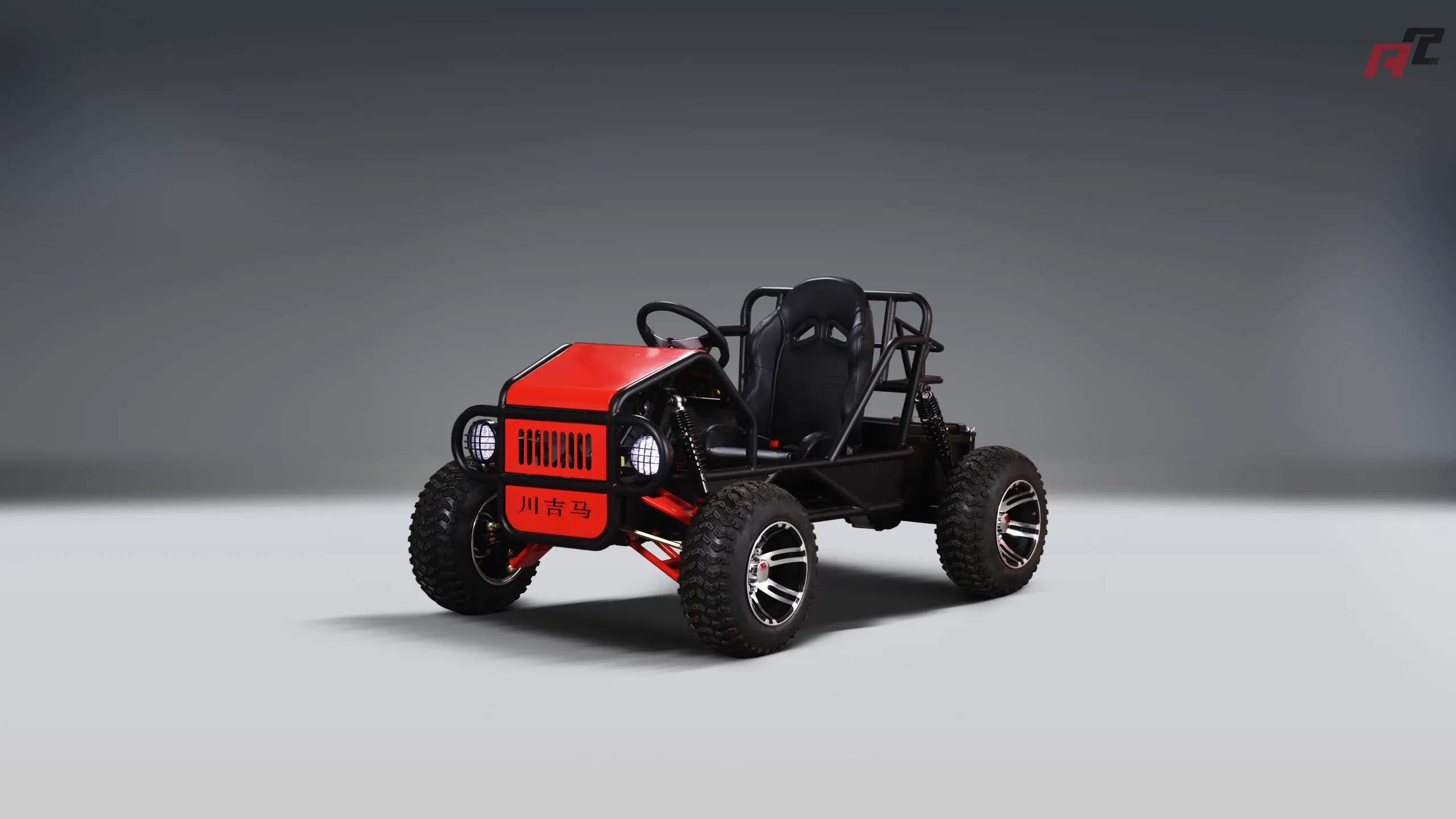What Is a Bumper Car and How Does It Differ From Go-Karts?
Explore the distinctions between bumper cars and go-karts, including design, safety features, and market trends, to make informed purchasing decisions in the go-kart industry.
Understanding Bumper Cars and Go-Karts: Key Differences and Insights for Industry Professionals
When considering investments in amusement ride vehicles, it's essential to distinguish between bumper cars and go-karts, as each offers unique experiences and operational considerations.
Bumper cars, also known as dodgem cars, are small electric vehicles designed for collision-based entertainment. Typically found in amusement parks and indoor entertainment centers, they operate on a flat, enclosed track where riders can safely collide with one another. The primary focus is on fun and interaction rather than speed or racing.
What Are Go-Karts?
Go-karts are small, open-wheel vehicles designed for racing and recreational driving. They are commonly used in dedicated racing tracks and are available in various types, including electric, gasoline, and hybrid models. Go-karts are built for speed and performance, offering a more competitive driving experience.
Key Differences Between Bumper Cars and Go-Karts
| Aspect | Bumper Cars
| Go-Karts ||----------------------|------------------------------------------------------------------------------|--------------------------------------------------------------------------------------------|| Design | Small, enclosed vehicles with a focus on safety and collision-based fun. | Open-wheel vehicles designed for speed and performance on racing tracks. || Operation | Typically operate on a flat, enclosed track with limited speed. | Operate on dedicated racing tracks, allowing for higher speeds and competitive racing. || Target Audience | Suitable for all ages, emphasizing fun and interaction. | Targeted towards racing enthusiasts and those seeking a competitive driving experience. || Safety Features | Equipped with bumpers and safety features to protect riders during collisions. | Equipped with racing safety gear, including helmets and harnesses, to ensure driver safety. |
Market Trends and Insights
The go-kart industry has experienced significant growth in recent years. In 2024, the global go-kart market was valued at approximately USD 162.3 million and is projected to reach USD 231.2 million by 2034, exhibiting a compound annual growth rate (CAGR) of 3.6% over the forecast period.
A notable trend in the industry is the shift towards electric go-karts. Electric models offer eco-friendly benefits and lower operating costs, making them increasingly popular among consumers and operators. In 2024, electric go-karts led the market in the type segment, accounting for a significant share.
Considerations for Purchasing Go-Karts
When investing in go-karts, consider the following factors:
Type of Go-Kart: Decide between electric, gasoline, or hybrid models based on your operational needs and environmental considerations.
Seating Capacity: Determine whether single-seater or double-seater karts align better with your target audience and business model.
Application: Identify whether the karts will be used for racing, recreational purposes, or commercial events to ensure they meet the specific requirements of each application.
Safety Features: Ensure that the karts are equipped with appropriate safety features, such as helmets, harnesses, and roll bars, to protect drivers during use.
Advantages of ANCHI Amusement
ANCHI Amusement stands out in the industry by offering a diverse range of high-quality go-karts tailored to various operational needs. Their commitment to innovation ensures that each model incorporates the latest safety features and technological advancements, providing a superior driving experience. Additionally, ANCHI Amusement offers comprehensive customer support, assisting clients from selection to after-sales service, ensuring a seamless integration of go-karts into your entertainment offerings.
By understanding the distinctions between bumper cars and go-karts, and considering the current market trends and operational requirements, you can make informed decisions that enhance your amusement offerings and meet the expectations of your clientele.















